I colors are protagonists of the mobile photographythe imaging experts from Zeiss and vivo they know it well. This is why they studied how our brain perceives the color of a blue sky or the color of a fruit on the table, as well as the best process to photograph it. With an online event, they told us 5 interesting curiosities about colors, that Zeiss e vivo make the most of to give excellent shots.
Zeiss and vivo explain 5 curiosities about colors
The human eye never sees just one color. Our brain builds an image also based on our memories, on the surrounding environment. This way we learn to immediately balance variables such as light intensity. Zeiss and vivo then asked themselves: what can we learn from the way we perceive colors to enhance mobile photography?
David AbreuSenior Scientist, Mobile Imaging, ZEISS Consumer Products, then guided us through optical illusions and technical details that he studies every day at Zeiss Imaging Lab. Where I define image standards by working alongside vivo smartphone engineers.
A complex process
The first thing Abreu explained to us is how color reproduction is a complex process, whether it is in sensors Bayer RGB of a digital camera that in our eyes. In fact, we dynamically perceive different wavelengths, analyzing the different variables.
And some elements, like the lighting of a scene, they change what we perceive. For example, he showed us a banana under a blue lamp, making it actually turn out to be that color. But the our brain recognizes the banana and still shows a yellow fruit.
Human perception has limits
Although our eyes are a miracle of evolution, they are not perfect. For example looking at a scene near a fire we see a warm, orange halo because we fail to white balance. This is why the shots during the “golden hour” have that warm aura.
In order for the digital process to deliver images that are ‘true’ to our eyes, the vivo and Zeiss algorithms must manage the colors to reproduce the perception Human. Which won’t be perfect, but it is what we feel to be true and realistic.
Between the laboratory and the field, vivo and Zeiss work on the colors with dedicated tests
Color scholars must therefore equip themselves to work not only in the laboratory, but also in the real world. Because once a sensor capable of capturing images in the right waythey must then tsummer on the green of the grass and the blue of the sea.
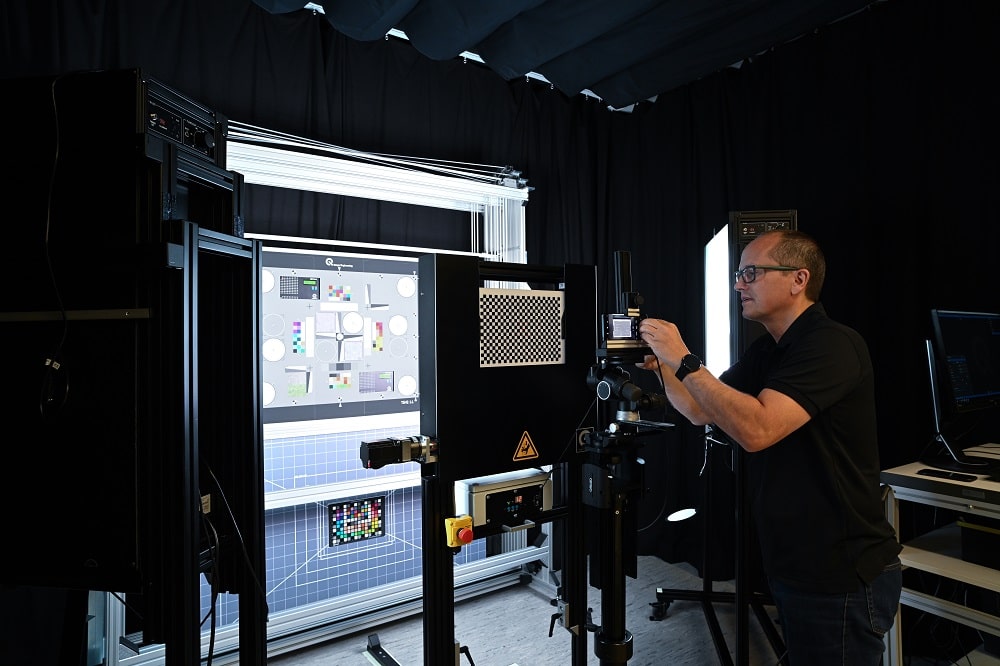
The work of the live engineers then continues with a series of tests that give feedback with which to return to the laboratory, to recalibrate the camera system in a careful way.
A matter of taste
David Adreu explains to us that although the tests allow to have precise values, the accuracy cannot come before the personal judgment of the users. “The imaging system can aim to recreate colors as they are, how they are remembered or how the user wants them to be. We know that users want more vivid and ready-to-share images. These may not be strictly true to reality, but seem closer to how we experience and remember them. “
This is why vivo smartphones make a choice between vivo Vivid Colour for those who want a pleasant yield or the Zeiss Natural Color, for those who want a more faithful yield. In this way, professionals and those who want to work in the editing phase have the opportunity to have the most precise images. While those who want to publish immediately on social networks find a photograph with bright and vibrant colors.
vivo and Zeiss calibrate colors across multiple photographic systems
The smartphones of the vivo X series and the other top of the range have more photographic modules, such as wide angle, ultrawide, telephoto and selfie camera. Other products may have one less sensor or different lenses. Each of these elements affects color rendering: Different lenses absorb different wavelengths.
Within the vivo Imaging Labs, therefore, you have to test each component to find the right calibration for make the most of real colors. Finding consistent color rendition isn’t easy. This is why vivo and Zeiss work side by side to create the best result for users.
If you want to test all this technology that the collaboration between the two companies produces, you can find the smartphone that’s right for you on the vivo site.






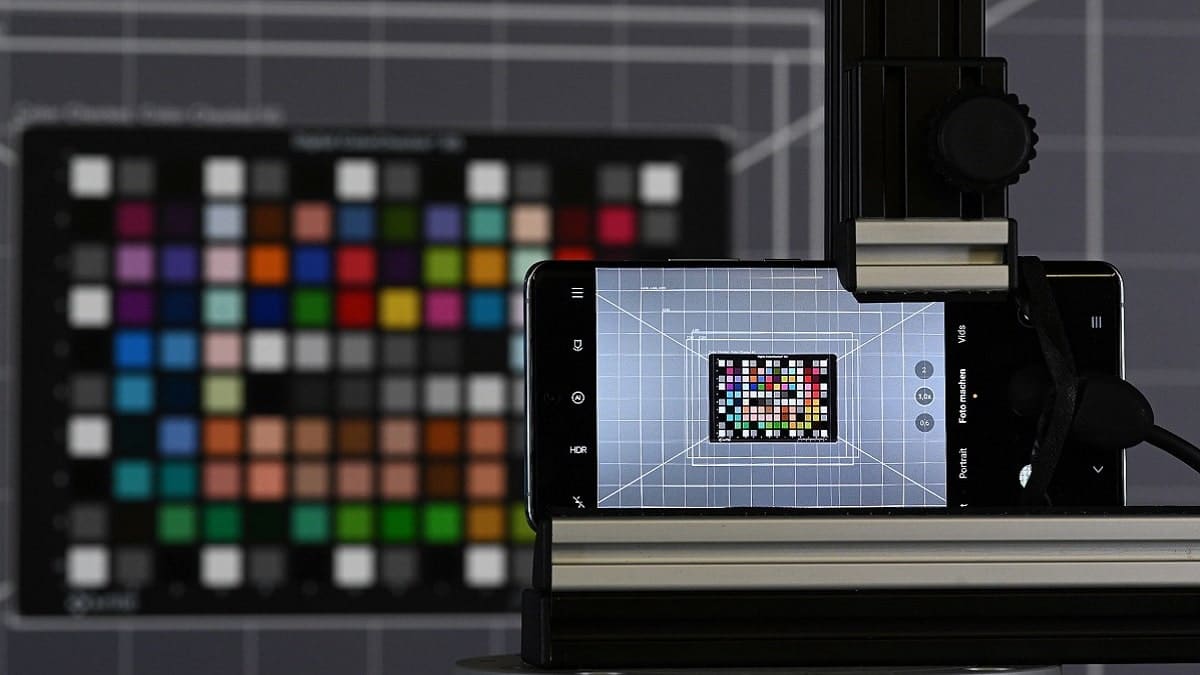



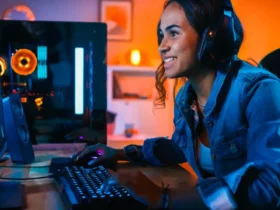

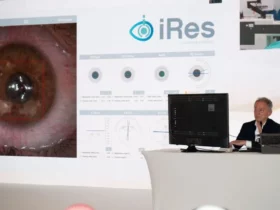
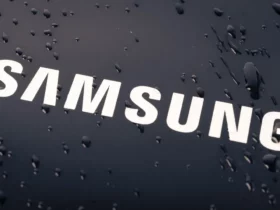

Leave a Reply
View Comments